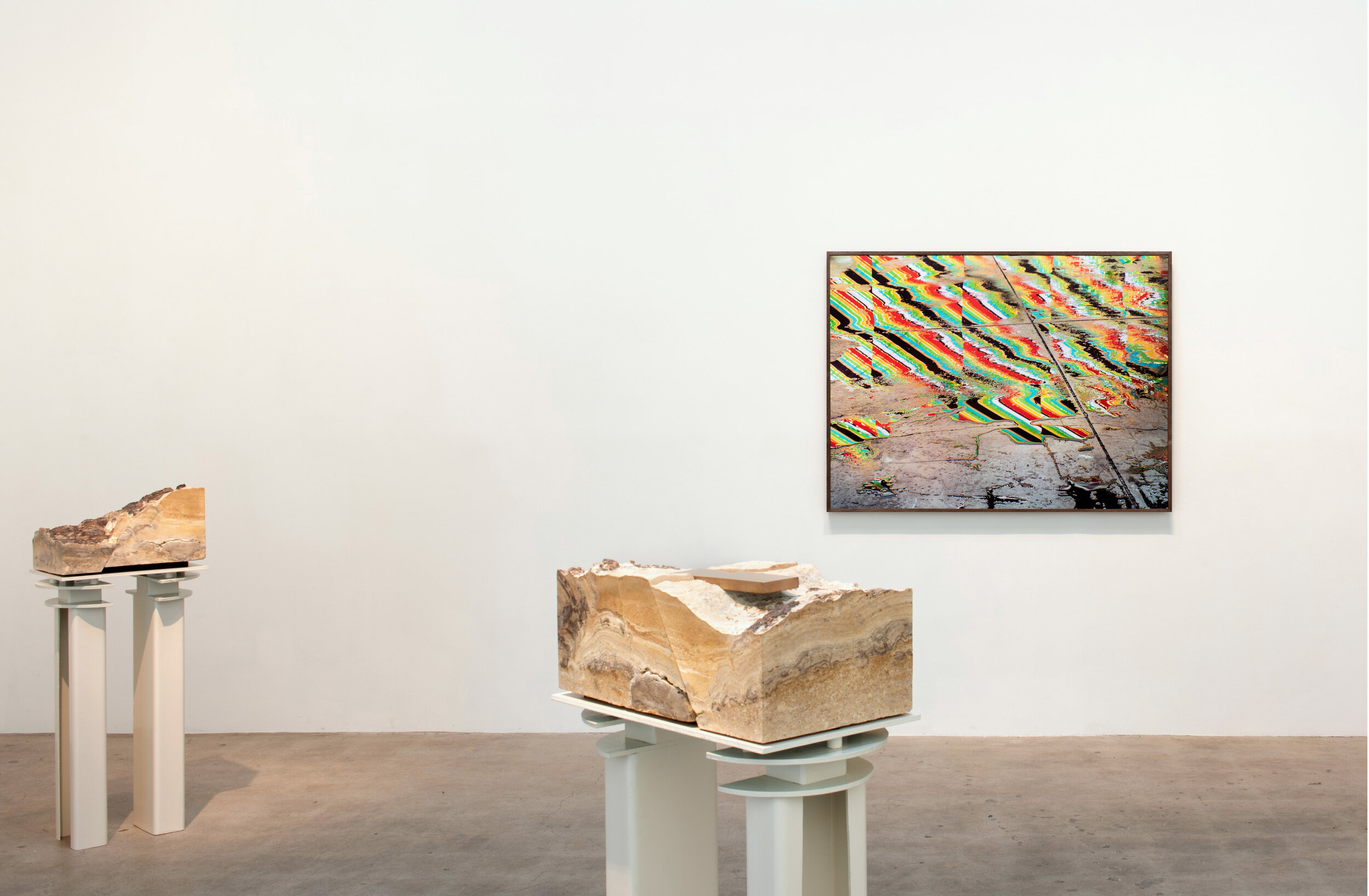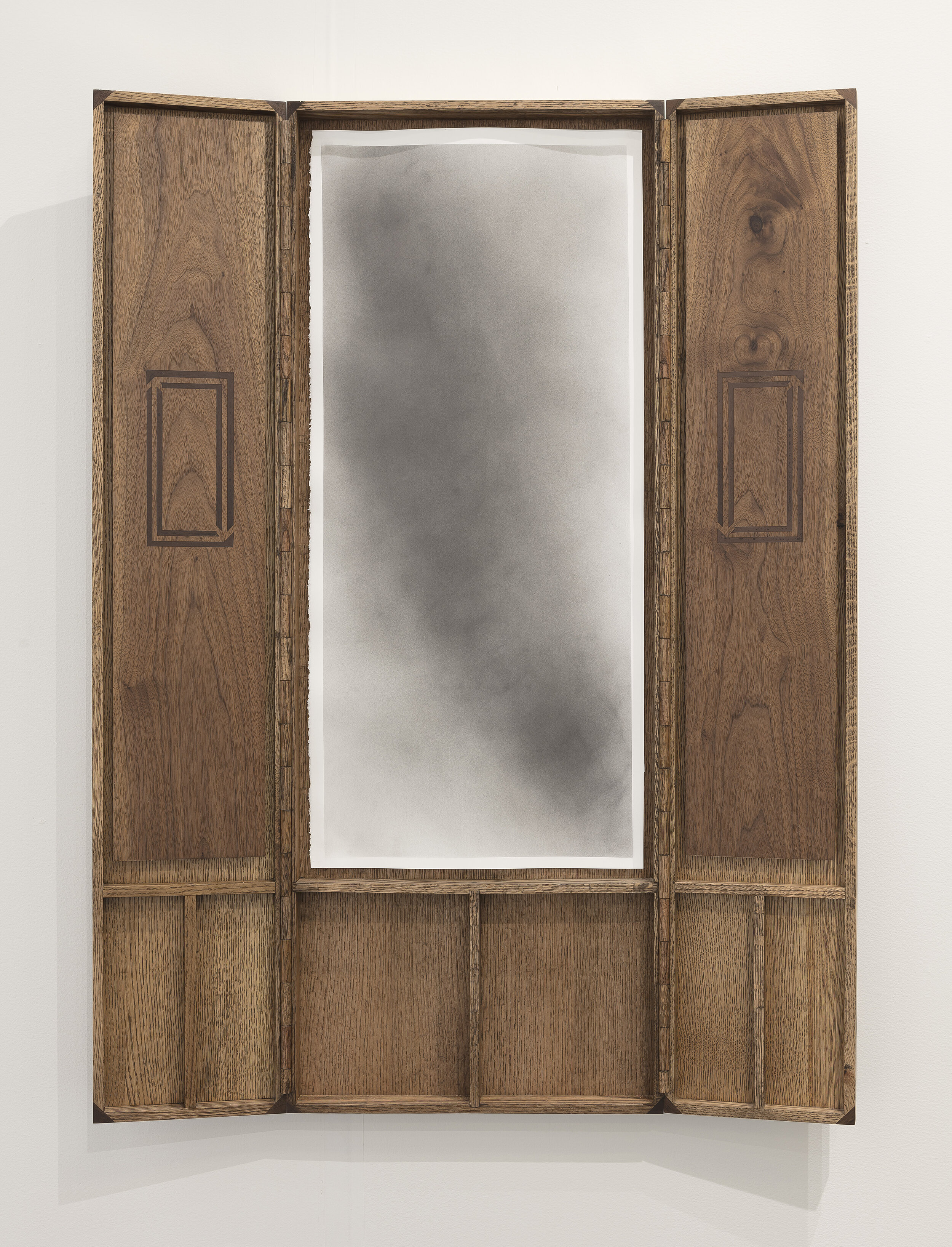Grammars of Creation
Claire Anna Baker
Michael Henry Hayden
Raymond Jonson
Mimi Lauter
Anthony Lepore
Justin Margitich
Adam Moskowitz
Albert Oehlen
Christopher Richmond
Kylie White
Nate Young
January 25 - March 13, 2020













press release
Moskowitz Bayse is pleased to present Grammars of Creation, an exhibition with works by Claire Anna Baker, Michael Henry Hayden, Raymond Jonson, Mimi Lauter, Anthony Lepore, Justin Margitich, Adam Moskowitz, Albert Oehlen, Christopher Richmond, Kylie White, and Nate Young.
Grammars of Creation takes as its framework and point of departure George Steiner’s text of the same name, published in the summer of 2001. It is the first in an ongoing series of group exhibitions organized by Moskowitz Bayse that contend with the precarious position of creation in contemporary art making, and urges for its primacy in practice.
By nature, creation is fundamentally nonlinear. While there is evolution of materials and means of aesthetic production, as in the invention of oil paint, the typewriter, and the electronic synthesizer, art and artists’ relationship to time is fundamentally subject to discursive interpretation. The wealth of the canon relies on artists’ willingness to grapple with the past, present, and future simultaneously.
Invention, on the other hand, relates to science and technology. We generally view the march of progress in science as linear, one that builds upon itself, one objective conclusion at a time. While there are standout practitioners across scientific disciplines, it is easily argued that similar conclusions are reached irrespective of any specific individual contribution; the ideas are there, waiting to be collaboratively discovered.
In Grammars of Creation, Steiner positions the Greek concept of poiesis at the core of creation, defining such action as one in which something is brought into being that did not exist before. The word “being” here is crucial, its meaning circumscribed within philosophical and theological terms.
Artists included in this first iteration of Grammars convey ideas related to being in their work by the conveyance of meaning through form, vis a vis an adherence to a singular visual language and the idiosyncratic modes of their own creation–distinct grammars. Specifically, they use abstraction to a similar degree found in music, creating ways of communication that are intuited by methods far outside of linguistic means. The exhibition posits that the creation of such grammars rely on artists’ fortitude to look inward in order to transcend individual experience, and suggests that it is these distinct grammars that make each work of art ineffably legible–and therefore feelable–to the viewer.





